Pioneer in the environment protection in the Caribbean region, of course Bonaire has a natural reservation. Actually, the whole northwest side of the island is protected as Washington Slagbaai National Park. Established in 1969, it is the first natural park created in the former Netherland Antilles.
Washington Slaagbai National Park is a natural sanctuary of 5,643 hectares (about one third of the whole island), under STINAPA administration, same as Bonaire Marine Park.
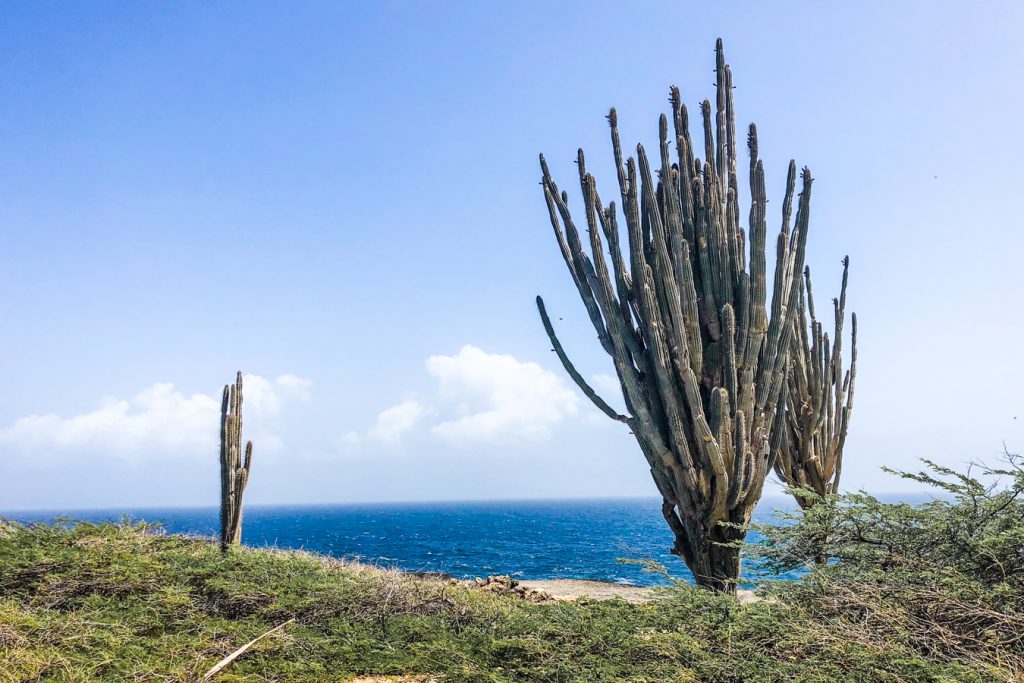
Washington Slagbaai National Park is a place with deep cultural and historical background. Even since the XVII century, two large plantations were functioning here (Washington and Slaagbai), supplying various materials, like aloe, divi-divi pods and goats, but also salt, chalk or vegetal charcoal. Initially they were run by the Spanish, then took over by the Dutch government, and labor was done by African slaves. After abolishment of slavery in 1863, the plantations turned into private business. The products were directly shipped in one of the bays and exported to Curacao or Europe.
In the ‘60s, under the threat of real estate developers, part of the area was purchased by the government. In 1969, Washington National Park was open to the public. It was the first natural sanctuary in Netherlands Antilles. Slagbaai was added to the park 10 years later. Some historical buildings still exist in the park, at the tourist entrance and on Slagbaai beach; they used to function as administrative buildings or functioned as house for the people in charge.

Access to Washington Slagbaai National Park is allowed under a strict schedule, from 8 am until 5 pm; last entrance is permitted at 2:45 pm. Staying overnight in the park is forbidden and the staff gives you plenty of advice on how to plan your visit in order to exit the premises on time. You need to pay an admission fee of 25 USD in order to enter the park, valid for the whole year. But, if you already purchased a diving tag, it will allow entrance in the National Park also. Just make sure you have the receipt and a photo ID with you, to prove your identity. You can enter the park only by car. No scooters or motorcycles are allowed, because of the high risk to get a flat tire, but also not to disturb wildlife too much. Don’t worry, you still can enjoy part of the park if you don’t have a car, as there are some pedestrian trails at the entrance.


The long route through the park takes about 2.5 hours drive, as the “road” is just a dirt trail. A car with high ground clearance is advisable, especially during rainy periods, but 4×4 is not required. The trip to Washington Slagbaai National Park will probably take you much more than advertised, as there are several spots to stop and admire the nature. There is a short route also, that takes just 1.5 hours. It does not go up to the northern coast, as it takes a shortcut through the interior of the park, so you will miss most of the spectacular sights and beaches. It is usually recommended if you do not have enough time for the whole tour or if you just want to reach a certain point on the route, like mount Brandaris or Slagbaai. Otherwise I would advise you to take the longer route.
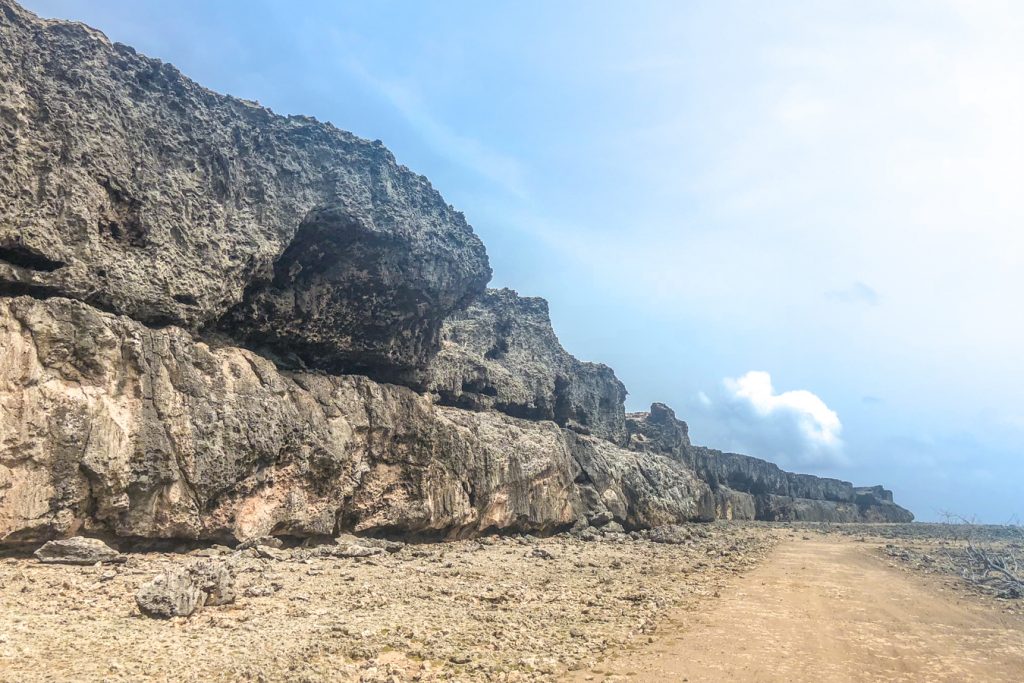
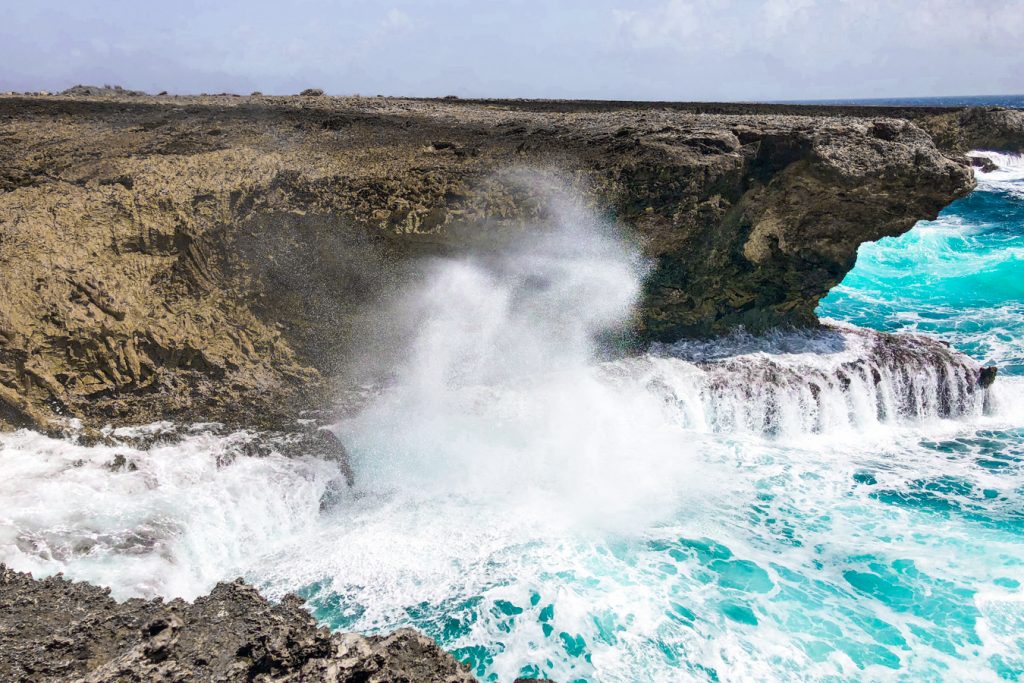
The eastern side of the park features a rocky coastline with strong currents and high waves. Gigantic boulders can be observed here, reminders from ancient tsunamis that shaped the island that demonstrates the enormous power of the nature. Make a short stop at Seru Grandi for a real geology lesson. Right next to it there is Suplado, a blowhole where the waves spectacularly crushes on the rocky shore. Moving north, you will reach ruins of historical lighthouses and our all time favourite beach at Boka Kokolishi. Covered in crushed shells sand, this is probably the most secluded beach on the whole island. Protected by semicircular limestone structures where the strong waves crush in spectacular splashes, it offers the perfect bathing spot.
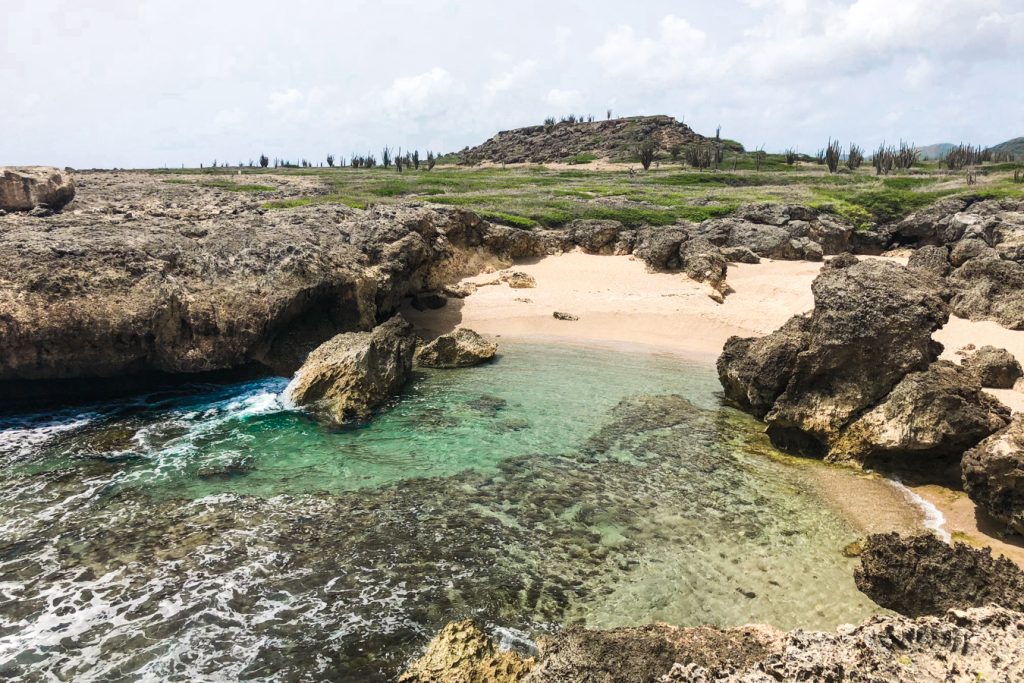
From here, you will soon get to the western shore, with calmer sea, friendly beaches and magnificent diving sites. Keep an eye for turtles! Washington Slagbaai National Park is a key nesting spot for all the 4 turtles species that live in the area. The last beach on the route, Boka Slagbaai, is great for kids, with shallow blue waters and white powder sand. If you are adventurous, you can try cliff jumping here, the place is quite well known for such activities.


In the national park you can also find the only year-round fresh water sources on the whole island. Now, in the dry season, they are more like a muds with little water. Still, large iguanas gather around the fresh water and the vegetation is more abundant. The two locations are perfect for bird watching, as the greenery hosts a large variety of birds, including colorful parrots. The rest of the lakes in the park have salted water, linked directly to the sea. These are important habitats for flamingos. If you are lucky you can admire these magnificient birds feeding very close from the road.

Bonaire National Park also includes the highest peak of the island, Mount Brandaris. Just 241 meters, far from what a mountain means in our minds, its altitude is actually significant for a relatively flat island. You can hike the trail on Brandaris, which takes 1-2 hours. I was told it offers the best view to the whole island. We rather skipped this, as I don’t fancy hiking on such heat, especially carrying a toddler with me.

Washington Slaagbai National Park is worth at least one day to visit during your stay in Bonaire. You will love it and probably return for at least another road trip. Let me know your thoughts if you visited it already!
Pin for later



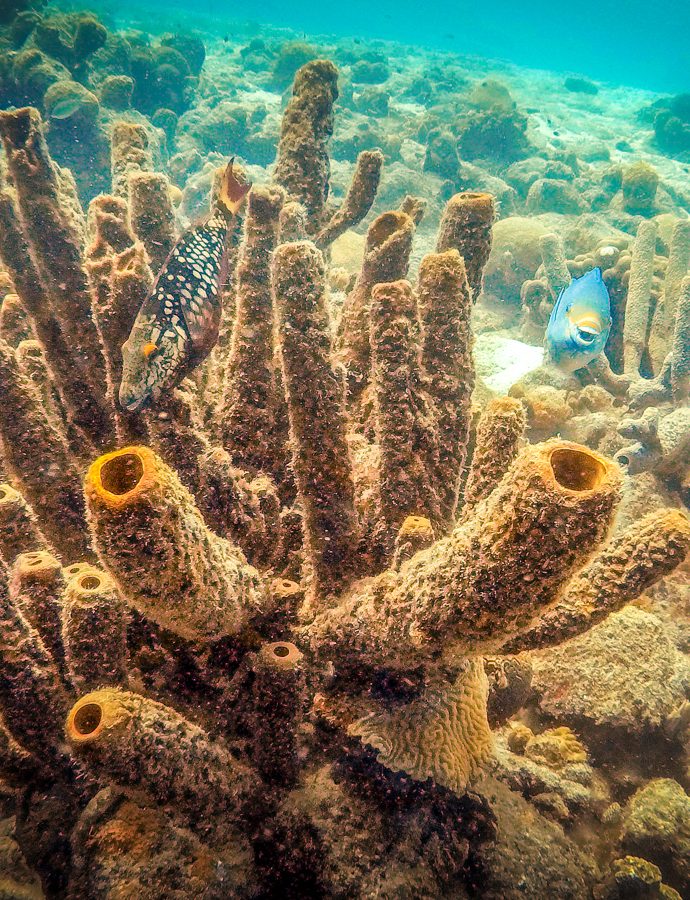
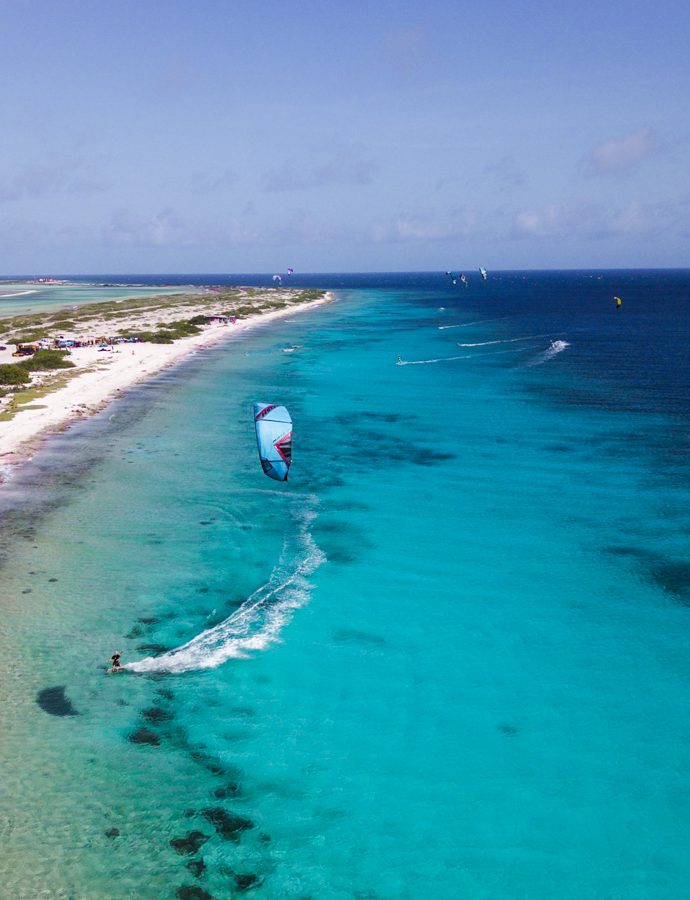
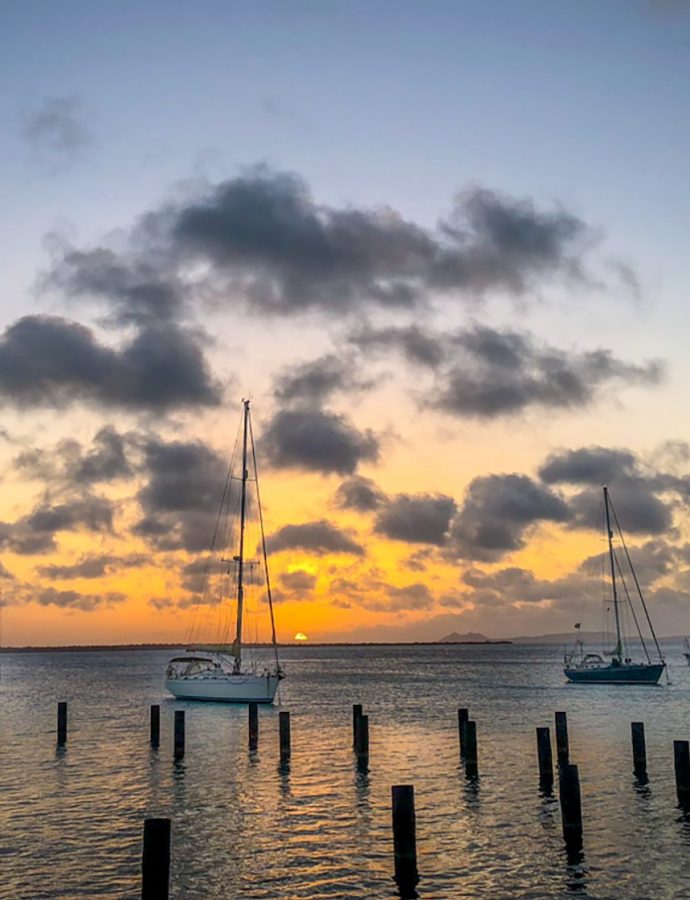


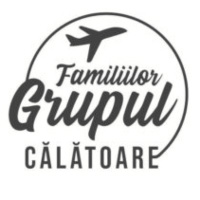
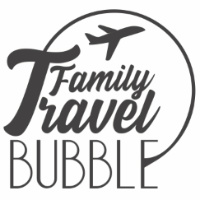
[…] have a full post dedicated to Bonaire National Park, the road trips you can take there and sights that should not be […]